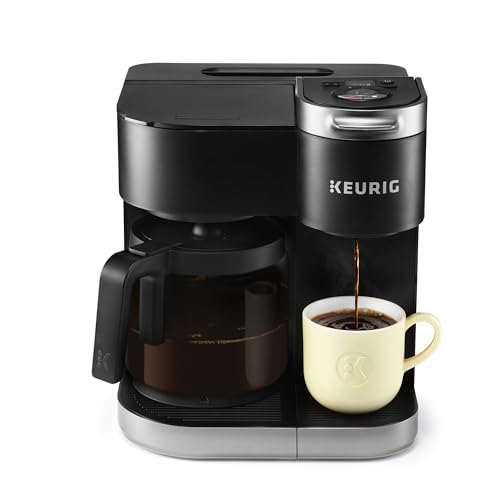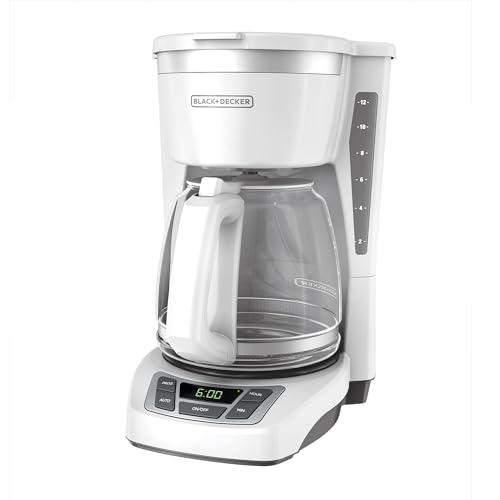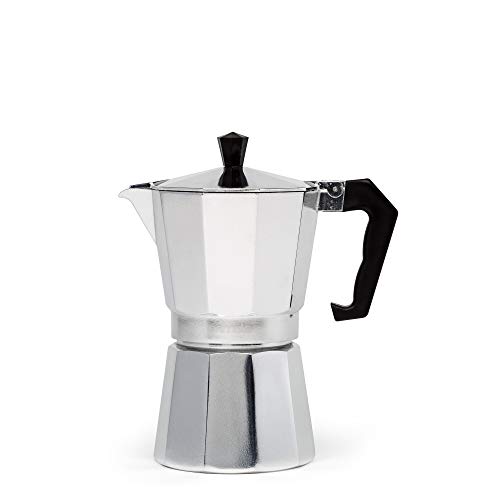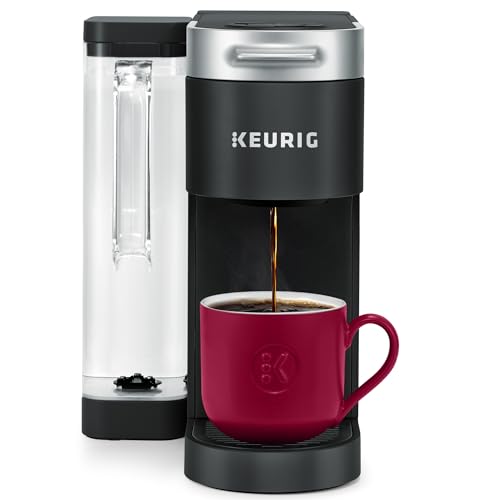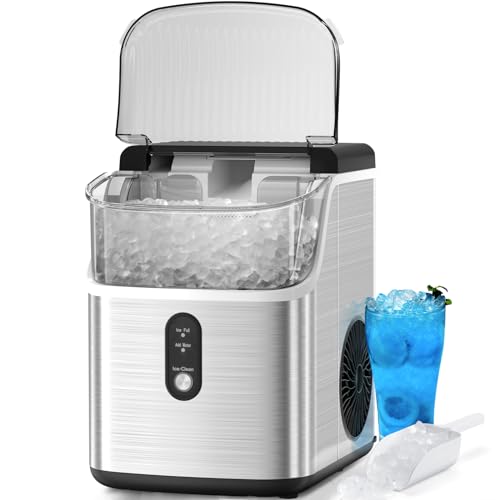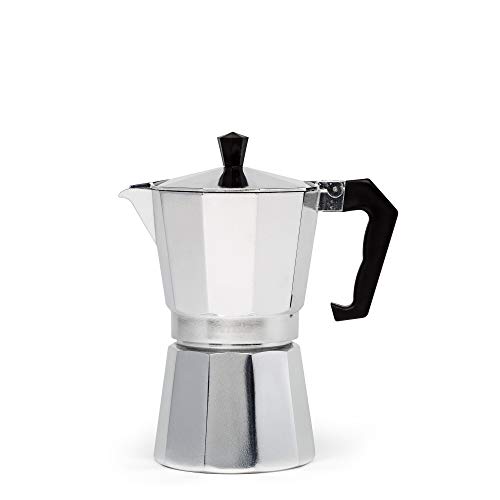Can I make espresso in a coffee maker? This is a common question posed by many coffee enthusiasts seeking the perfect home brew. It directly addresses the intersection of convenience and quality, two significant factors defining our coffee experiences.
In a world where espresso has become a beloved staple for many, the desire to replicate the rich, bold flavor at home is understandable. However, the thought of investing in a high-end espresso machine can be daunting.
This article aims to explore this intriguing question. It will delve into the nuances of espresso brewing, comparing it to the traditional coffee maker method. So whether you’re a coffee aficionado or a curious beginner, you’re sure to find some useful insights here.
Stay with us as we embark on this caffeine-fueled journey, and perhaps we’ll discover that the perfect cup of espresso might be closer to home than we thought.
Can I Make Espresso in a Coffee Maker?
The first thing to note is that espresso and regular coffee are brewed using different techniques. Espresso is made by forcing hot water through finely ground coffee under high pressure. This process extracts the coffee’s rich flavors and creates a concentrated, bold brew topped with a creamy layer known as ‘crema’.
A regular coffee maker, on the other hand, works on the principles of gravity and diffusion. Hot water seeps through coarser grounds in a filter basket, with the brewed coffee dripping into a pot beneath. The result is a lighter, smooth beverage.
The key difference between the two methods is pressure. A dedicated espresso machine applies about 9 bars of pressure, which contributes to the distinctive strong flavor and thick mouthfeel of espresso. A standard coffee maker, unfortunately, can’t match this.
However, that doesn’t necessarily mean you can’t enjoy a coffee that has characteristics similar to espresso. There are ways to adjust your brewing process to get as close as possible. For instance, using a finer grind and a darker roast can help to mimic the strong, robust flavor of espresso.
Remember, the most important thing is personal taste. If you enjoy your homemade ‘espresso’ from a regular coffee maker, that’s all that matters. After all, coffee is a personal experience, meant to be savored and enjoyed in whatever way you prefer.
How to Make Espresso with Your Coffee Maker
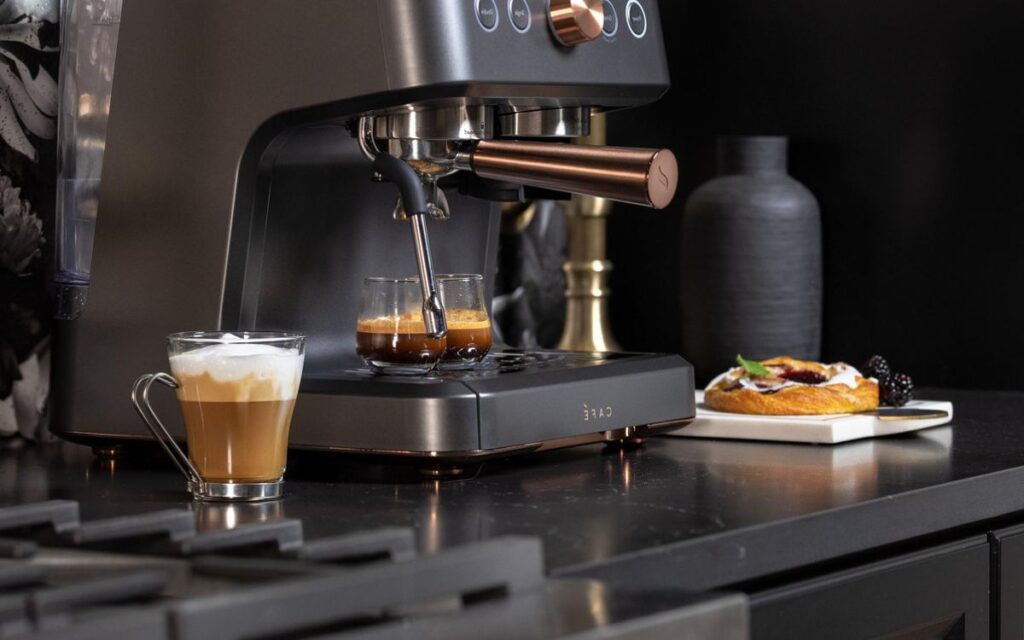
While it won’t technically be espresso, you can create a concentrated coffee drink using a standard drip coffee maker that’s quite similar. Here are a few steps to guide you.
First, be sure to use dark roasted beans which are ground finely. The dark roast will lend a strong flavor that mimics espresso’s boldness. The fine grind increases the surface area in contact with water, enhancing extraction.
Next, measure your coffee. A general guideline is to use two tablespoons of coffee for every six ounces of water. This is a greater ratio than regular coffee, contributing to a more concentrated brew.
Thirdly, consider the water temperature. Ideally, it should be just off the boil – around 195 to 205 degrees Fahrenheit. This is slightly cooler than the boiling point and perfect for extracting the aromatic compounds without causing bitterness.
Finally, allow your coffee to steep a little longer in the basket before it drips into the pot. This extended contact time between the hot water and coffee grounds can result in a stronger, more robust brew.
Remember, while this method may not yield a true espresso with crema, it can still offer a satisfying, strong coffee drink that is reminiscent of espresso. And with a little practice, you might just find the perfect balance that suits your taste.
Remember, coffee is all about personal preference. Don’t be afraid to experiment until you find your perfect cup. Happy brewing!
Tips for Enjoying Great-Tasting Espresso at Home
Investing in high-quality, fresh beans can take your homemade espresso to the next level. Look for beans that are dark roasted and labeled as espresso beans. They tend to have a bold, rich flavor that translates well into a strong, espresso-like brew in a regular coffee maker.
Grinding your beans just before brewing plays a crucial role in achieving a full-flavored espresso. This is because coffee beans start losing their flavor as soon as they’re ground. A burr grinder can provide a consistent, fine grind ideal for a potent brew.
Water quality can significantly affect the taste of your coffee. Use filtered or bottled water if your tap water has a strong taste or odor. Additionally, descale your coffee maker regularly to remove mineral buildup that can affect the machine’s performance and the taste of your coffee.
Lastly, keep experimenting until you find the perfect combination that suits your taste buds. Play around with the coffee to water ratio, the grind size, and brewing time. Remember, what matters most is that you enjoy the coffee you brew. Enjoy the process and happy brewing!
FAQs about Making Espresso in a Coffee Maker
The quest to make espresso in a coffee maker can lead to several questions. Below, we address some of the most common queries coffee enthusiasts often have when venturing into homemade espresso territory.
1. Can I really make authentic espresso with a regular coffee maker?
While a traditional drip coffee maker cannot reproduce the exact method and pressure that an espresso machine uses, you can still create a coffee that resembles the strong, robust flavor and thicker consistency of an espresso.
The key is in using dark roasted, finely ground coffee beans, adjusting your coffee to water ratio, and allowing the brew to steep longer. It’s important to remember that the result won’t technically be an espresso, but it should satisfy those looking for a more concentrated, flavorful coffee.
2. What type of coffee beans should I use to mimic the taste of espresso?
For best results, use freshly ground, dark roasted beans labeled as espresso beans. These beans have a bold, rich flavor that translates well into a strong, espresso-like brew. Grinding just before brewing ensures the beans retain their flavor.
The fine grind increases the surface area in contact with water, making extraction more effective and the resulting brew more flavorful.
3. How important is water quality when trying to make espresso in a coffee maker?
Water quality can significantly impact the taste of your coffee, especially when you’re trying to create a concentrated, espresso-like brew. If your tap water has a strong taste or odor, it might be best to use filtered or bottled water.
Regularly descaling your coffee maker also helps remove mineral buildup that could affect the machine’s performance and the taste of your coffee.
Final Thought
So, can you make espresso in a coffee maker? The answer is both yes and no. While you won’t get a true espresso in the strictest sense, it’s possible to create a robust, concentrated coffee drink that shares many characteristics with espresso.
Stay patient and persistent. Your first few attempts might not yield the perfect result, but don’t be disheartened. Remember, the beauty of coffee lies in its variety and versatility.
Keep tweaking the parameters, such as the coffee-to-water ratio, the fineness of the grind, and the brewing time, until you find a balance that delivers a taste you love.
Most importantly, enjoy the process. The journey of discovering your personal coffee preference can be as rewarding as savoring the perfect cup. So, brew, taste, adjust, repeat, and eventually, you’ll find your own way of making espresso in a coffee maker.
